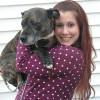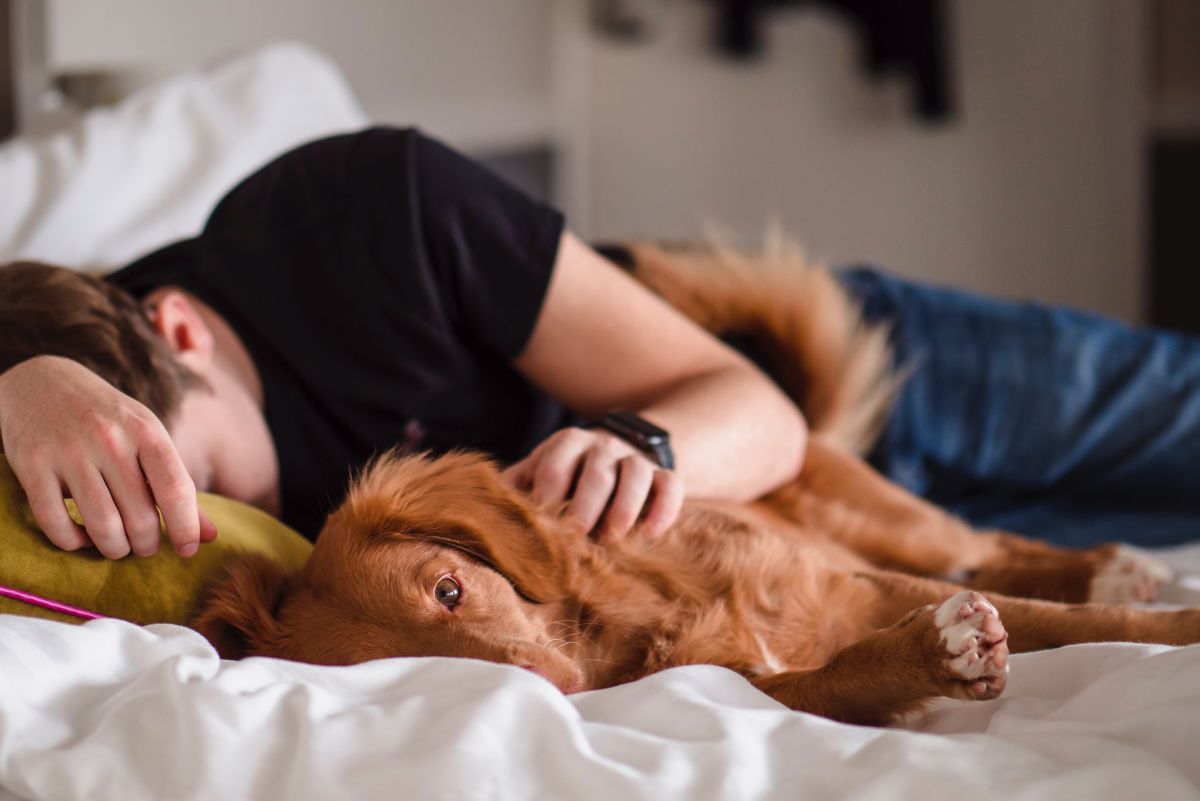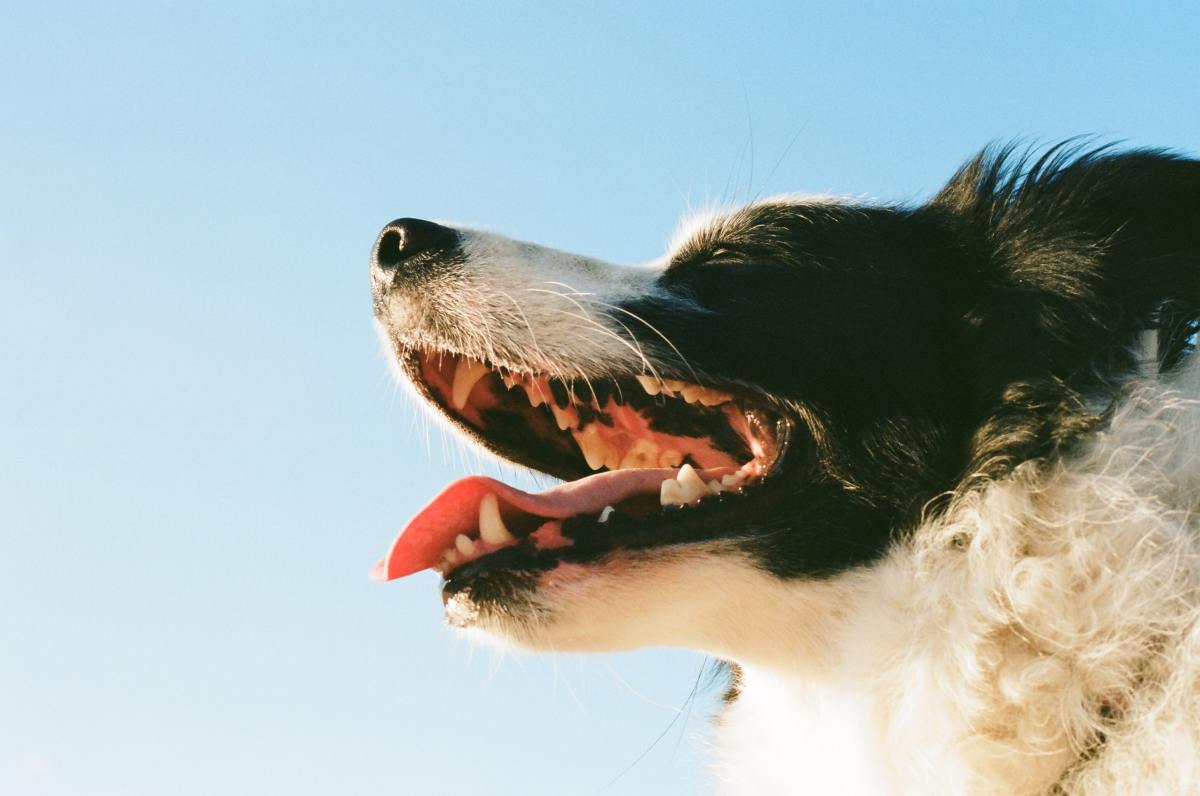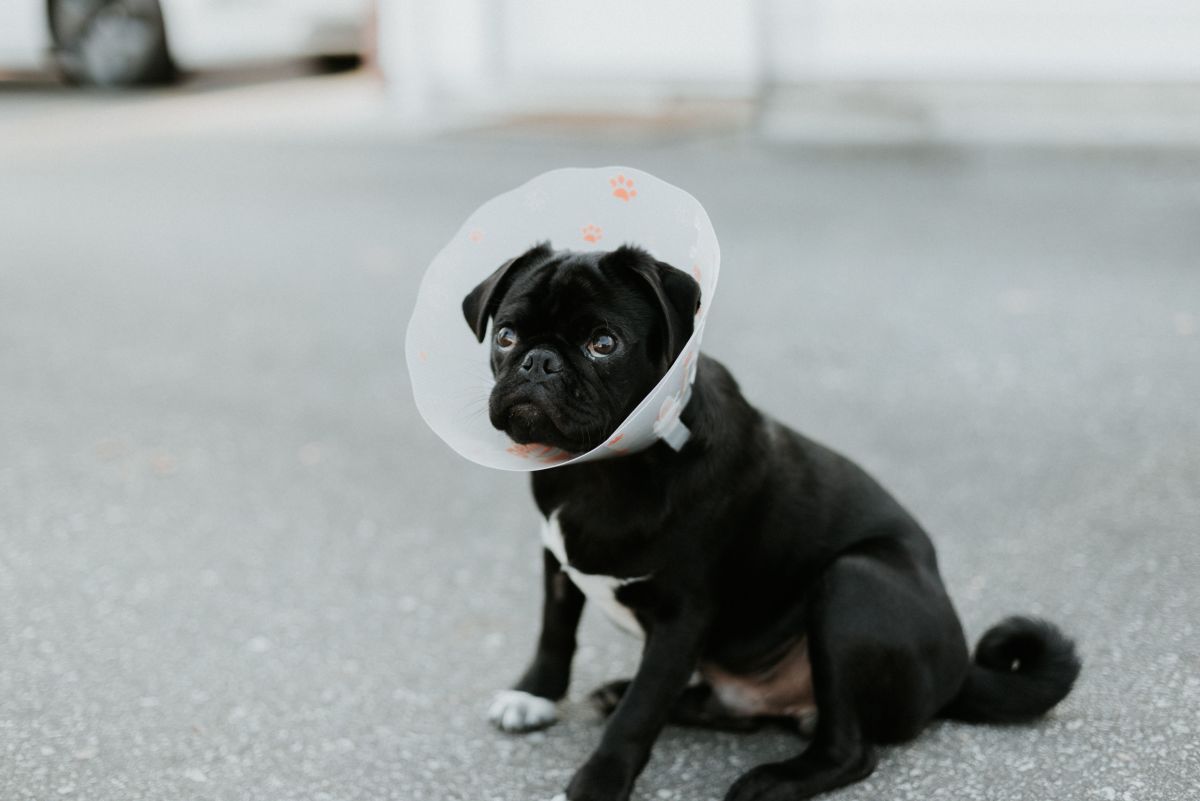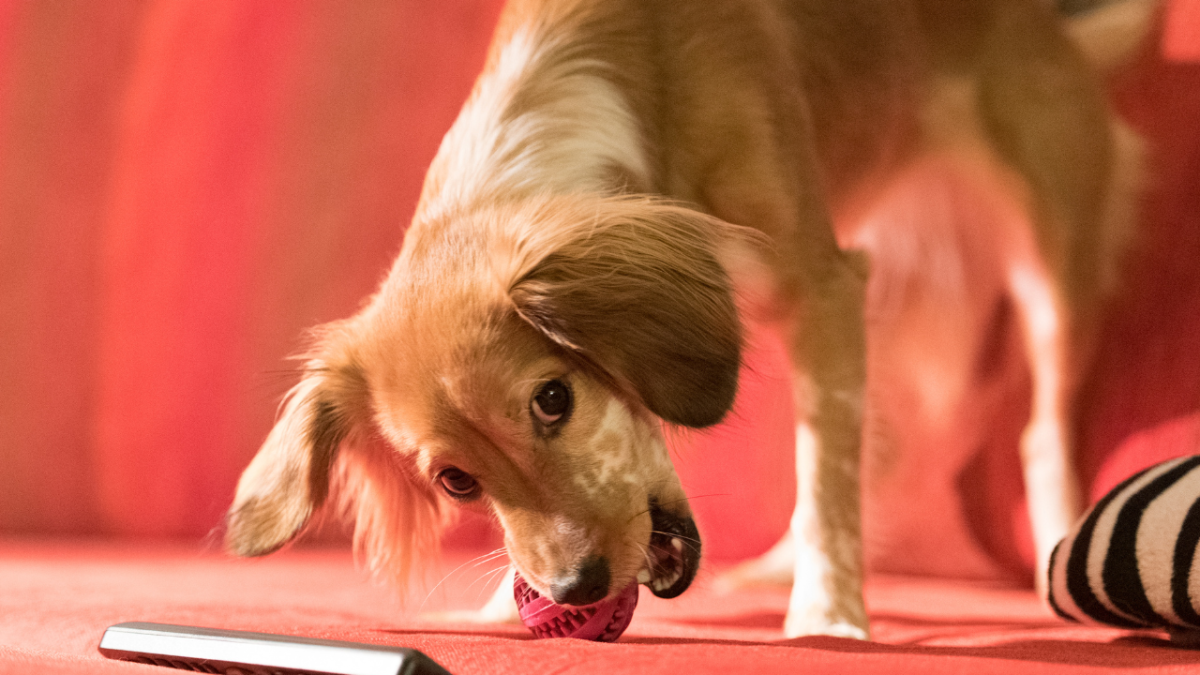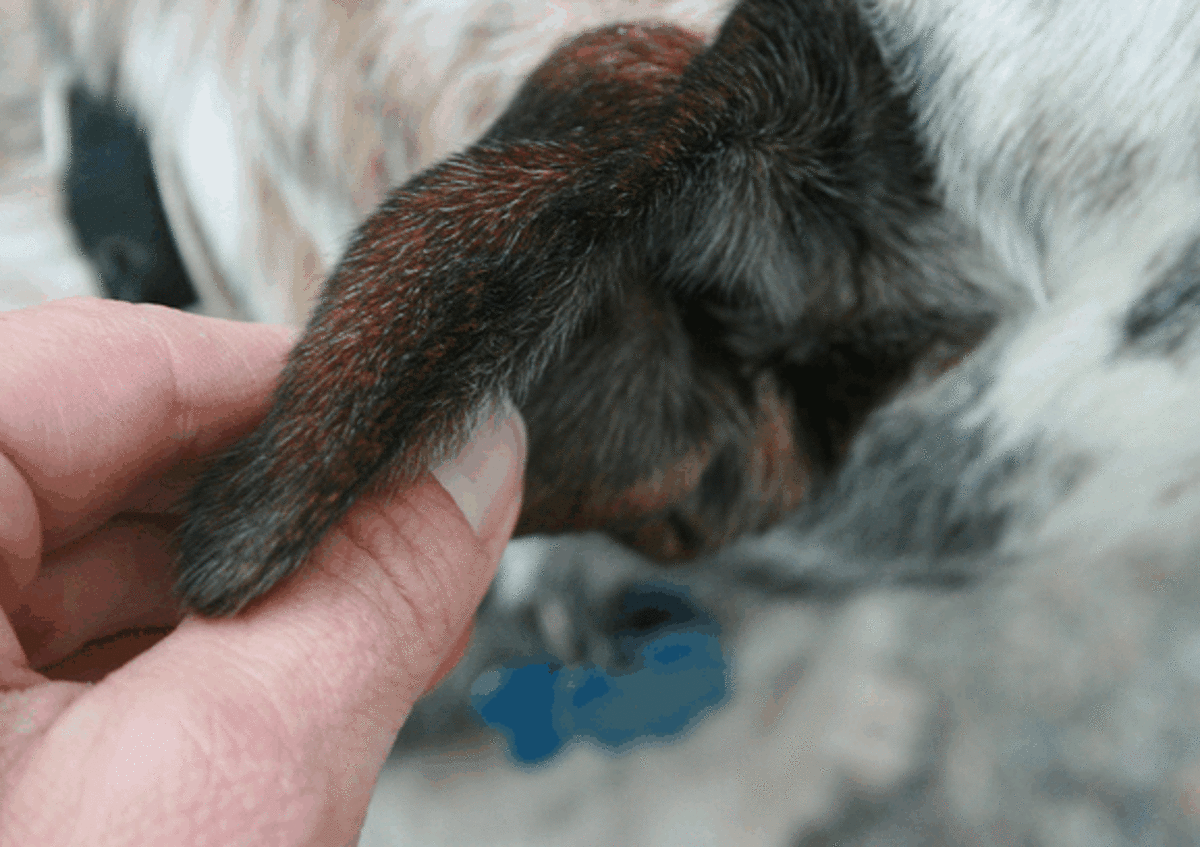How to Care for a Dog After Neutering Surgery
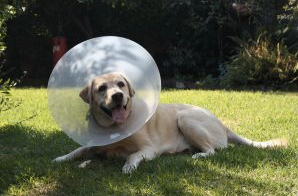
Preparing for a Dog's Neutering Surgery
Neutering your dog is an essential step for preventing unwanted pregnancy. It also helps to calm male dogs, reducing the incidence of many problematic behaviors such as humping and aggression. Neutering will also reduce the incidence of some health problems, like cancer.
Preparing for a dog's neutering surgery will help your furry friend to come through the operation like a champ!
In the week before your dog's surgery....
- Get an inflatable e-collar or a comfy e-collar for your dog and allow him to wear it for brief periods of time. This will help your dog to become accustomed to the "cone" so his first exposure isn't immediately after the surgery when he's in pain and frightened. Inflatable e-collars (see below) are less cumbersome and easier for the dog to manage, yet they're equally effective. Comfy e-collars (see below) maintain the cone-like "lampshade" shape, but they're made of fabric, making them more comfortable for the pet.
- Get your dog accustomed to walking on a leash to go to the bathroom or introduce him to puppy pads. Your pet cannot run loose in the yard (or elsewhere) following surgery, as the activity can interfere with healing. He must be kept quiet, with brief, on-leash walks. Others find it easier to use puppy pads.
- Introduce your dog to the crate if he's extremely active. Your dog must remain calm, with limited activity during the healing period. If your dog is apt to run and jump around while you're away, it's best to crate him post-surgery to ensure he remains safe when he's healing from neutering surgery.
You may also wish to purchase some Bach's Pet Rescue Remedy (see below), homeopathic drops that are designed to help promote healing, while naturally decreasing stress and anxiety.
In the night before a dog's neutering surgery....
- Pull up the food and water at 8:00 p.m. Your dog must go in for surgery on an empty stomach. This limits the risk associated with aspiration, which occurs when the dog vomits and inhales the vomit into his lungs.
Aspiration while your dog is under anesthesia can result in aspiration pneumonia, which can be deadly! So this step is extremely important.
Inflatable eCollars for Your Dog After Surgery

What to Expect When a Dog is Neutered
During the neutering operation, your dog's testicles will be removed through a small incision. The surgery usually takes just a few minutes.
The neutering operation is much less invasive than the spaying surgery performed on females. In the case of spaying, there is an abdominal incision which involves severing the muscles of the abdominal wall. For this reason, dogs who've undergone spaying surgery take much longer to heal.
A male dog who's undergone neutering surgery will be fully recovered in about 10 days. Females who've been spayed typically need about two weeks to fully recover.
Your dog's neutering surgery will be performed in the morning and he will typically remain at the veterinary clinic until mid to late afternoon, during which time the pet is observed as he recovers from anesthesia.
Most dogs are not kept overnight unless there is some sort of complication.
If you have an inflatable e-collar (see above) or Comfy e-collar (see below), it's best to bring it to the veterinary clinic so they can apply it for you after surgery. Otherwise, you'll need to switch out the lampshade cone with your own e-collar when you return home.
Remember to put your name somewhere on your pet carrier and on your e-collar.
If you're opting to have Neuticles implanted --- prosthetic testicles, which maintain the look of a neutered dog --- you'll need to ensure you bring them on the day of surgery. You'll also want to make sure that you notify your vet that you wish to have Neuticles implanted. This will result in a longer operation, which will need to be accounted for in the clinic's scheduling.
Comfy Cone Collars for Dogs

How to Care for a Dog After Neutering Surgery
The Pick Up from the Vet
When you pick up your dog from the veterinary clinic after surgery, you'll typically be provided with an overview of how your dog did during surgery, along with a sheet with directions for caring for your pet.
You may notice that your dog appears sleepy. Some pets also have a hard time walking, with poor balance. This is totally normal following anesthesia.
Be prepared to give your dog a bit of help getting into your vehicle. Do not allow him to jump into or out of the car.
Arriving Home After Surgery
Once your dog arrives home after the neutering surgery, you'll want to bring him to his crate or another quiet area that's free from other pets and children.
You may offer water and a small amount of food around 8:00 p.m. Some dogs will eat; others will decline food. This is totally normal. Many dogs experience nausea after surgery; it's a side effect of the anesthesia.
Don't Forget the Potty!
Once or twice in the evening, take your dog for a bathroom break.
Your pet will have received subcutaneous fluid injections and/or IV fluids during the operation, so increased urination is very common after surgery. But many will sleep very soundly, even urinating in their sleep.
So to avoid a bedwetting accident, take your dog to the puppy pad or outside for a brief on-leash bathroom break at least once or twice.
You may also opt to cover your pet's bed with a puppy pad. Simply put a fleece blanket over the puppy pad to keep it in place.
Bach's Pet Rescue Remedy Homeopathic Drops

Aggression After a Dog's Neutering Surgery
Remember, even the most friendly, loving dogs may be aggressive when they're in pain.
Your dog may also be a bit disoriented due to the medications he's received during surgery.
This propensity toward aggression, combined with disorientation, is a recipe for a dog bite or a fight. So it's essential that you keep your dog away from other pets and children until the morning after surgery. Even then, it's important to monitor your dog closely.
If you have other dogs who are rather hyper and frequently jump on or try to play with the dog who's just undergone surgery, you may need to keep them separated until the dog has had an opportunity to recover more fully.
How Old Was Your Dog When He Was Neutered?
How to Care for a Dog's Incision
Caring for the incision after neutering surgery is fairly straightforward.
Use a bit of gauze or a clean paper towel, dipped in hydrogen peroxide, to gently clean the area surrounding the incision.
You may see a bit of clear, blood-tinged discharge in the first day. This is totally normal.
Check the incision daily to look for signs of a problem, including:
- Redness;
- Swelling;
- Pus and discharge;
- Odor;
- Separation of the edges of the incision.
If you see these symptoms, it's a sign of an infected incision and your dog should be taken to the vet promptly for treatment.
Your dog's incision may be closed in one of three ways:
- Normal stitches, which must be removed in 10-14 days;
- Dissolving stitches, which will dissolve in 10-14 days;
- Wound glue, which will naturally disappear as the wound heals.
Staples are another incision closure method, but they're generally not used for neutering surgeries.
The general rule for wound care is this: the incision should look better -- not worse -- as time passes. The swelling and redness usually reaches a peak at around 24 hours after surgery. From that point forward, it should begin to look better with each passing day.
It's wise to photograph the incision daily. Remember to photograph the incision in the same location and lighting conditions.
This allows you to compare photos so you can monitor the healing process. It also provides useful insight to your vet if a problem arises. Photos are more reliable than memory and they can offer great insight if you're wondering whether the incision looks better or worse.
Other Tips for Caring for a Pet After Neutering
The Cone, Lampshade or eCollar
You may be tempted to remove the cone or e-collar, but it's best to leave it on until the stitches are removed and the healing process is complete.
In the beginning, the e-collar or lampshade will prevent the dog from licking at the incision. As time passes and healing begins to occur, the incision will get itchy! This may cause the pet to bite at it, which may result in the premature removal of the sutures (a medical emergency.)
So don't risk a problem!
Leave the cone on!
He won't like it, but he'll thank you for it when he heals up quickly and without complications.
What's Normal After Neutering?
If you're wondering what's normal and what's not, consider the following. All of these behaviors are normal:
- Shivering in the 8 hours after surgery.
- Lots of sleeping in the day after the operation.
- Refusing to eat and drink for the first 12 hours after surgery.
- Increased urination in the day after surgery.
- Lethargy and reluctance to jump or run in the first week after neutering.
- A small amount of blood-tinged discharge in the first 24-36 hours after the operation.
- Vomiting in the 12 hours after neutering.
- Aggression with humans or other pets in the first few days after surgery.
If you see any of these behaviors after the aforementioned timeframe, consult a vet.
What's Not Normal After Neutering?
- Bleeding.
- Fever.
- Odor, pus, discharge and redness at the incision site.
- Extreme pain.
- An inability to heal.
- General unwellness and lethargy.
- Refusal to eat and drink beyond 18 hours post-surgery.
If you see any of these issues arise, you should visit a vet straight away.
Follow your gut instinct. If you suspect there's a problem, you're probably correct.
